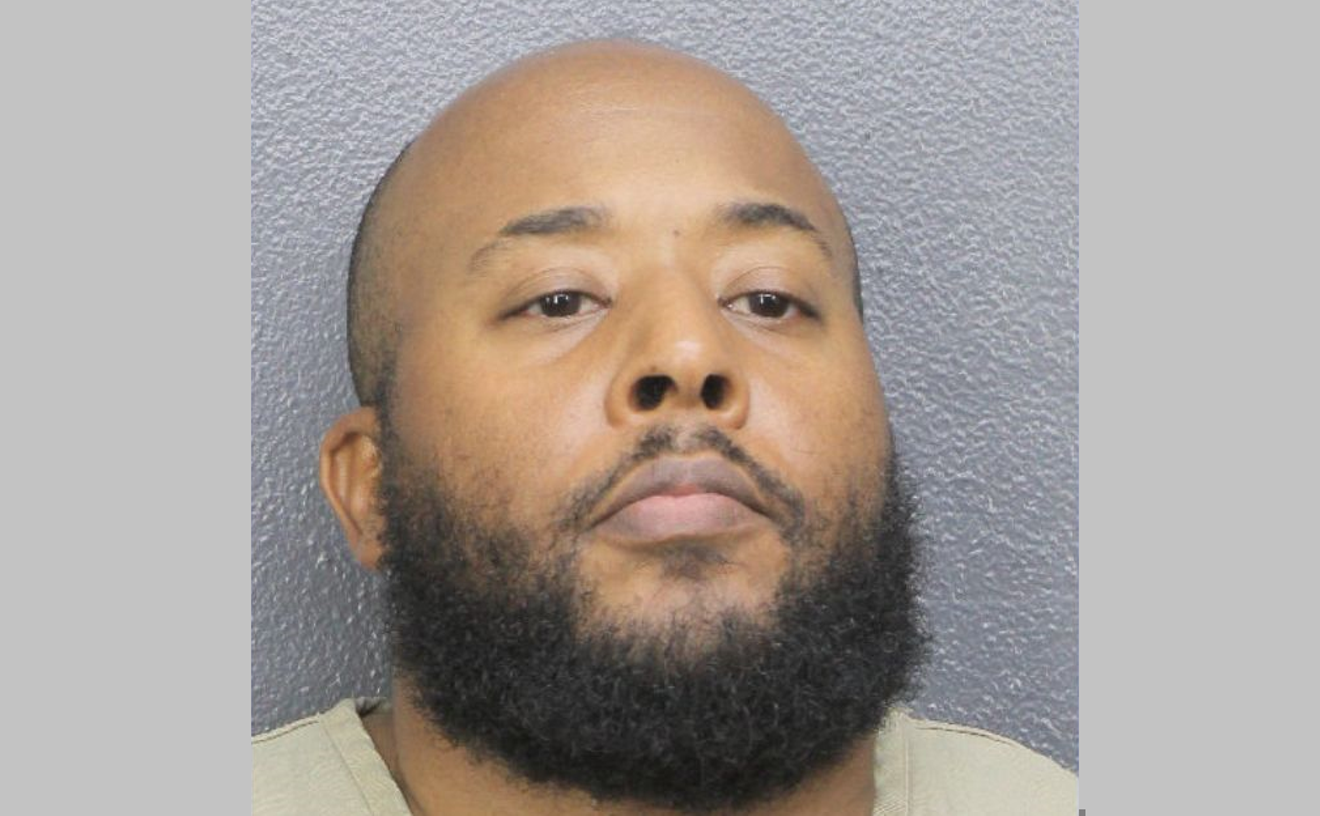When he stepped outside around 1:30 a.m. for a recent fire alarm drill and felt the night breeze, he realized just how much hotter the stagnant air in his jail cell was and how unbearable it would be upon his return.
He's too drenched in sweat to sleep most nights in his housing unit, where the temperature at one point reached 100 degrees in July, Lyn says.
"I hardly recognize his voice over the phone. He groans in agony and continuously apologizes to me for his irritability as he is 'so hot he can't think straight,'" says Lyn, who asked New Times to withhold her last name and her boyfriend's name for fear of retaliation from prison officials.
Like most Florida Department of Corrections (FDC) facilities, Hernando Correctional, which houses more than 500 men, lacks air conditioning inside its dorms. Only about one-fourth of the housing units in Florida state prisons have AC units, many reserved for sick, mentally ill, pregnant, and geriatric inmates. Less than half of Florida's 50 large-scale prison facilities have dorms that the department describes as mostly air-conditioned.
Last August, FDC confirmed to New Times that Lowell Correctional Institution — the largest women's prison in the state — had begun a long-term pilot program testing out cooling units at the facility. The pending project, tracked by prison reform advocate Connie Edson, is deploying "portable evaporative air coolers," a low-cost alternative to the refrigerant-based air conditioning used in traditional window-mounted and central AC systems.
"FDC is closely monitoring their performance to ensure that they effectively cool the environment while keeping inmates and staff safe," the department previously told New Times.
But as Florida experiences unprecedented temperatures and heat indexes this summer — and the global temperature reached a record monthly average — the call to swiftly install AC units in more prisons is growing louder.
Edson says the matter cannot wait until the next legislative session.
"We are reaching a heat index well close to 110 degrees in some of these facilities," Edson tells New Times. "This is a crisis, and this is something that needs to be looked at right now."
Sabrina Andrews, whose fiancé is also serving time at Hernando Correctional Institution, says he's described feeling "cooked" from the heat inside the mostly AC-less facility. Until this summer, her 40-year-old partner, who has been at the prison for around a year, had never complained about the heat inside the prison. Now, Andrews says, he's sweating nonstop.
He recalled stepping out of the shower and immediately starting to drip in sweat again. While he previously found relief working in an air-conditioned area of the facility as a law librarian, the building's cooling unit was broken for several days in July, taking away one of his only sources of respite, Andrews says.
"I don't want to bash the facility. It's just...nobody's thinking about these human beings," she says.
A longtime Florida resident who's weathered her fair share of brutal summers, Lyn believes the lack of AC in the prisons violates the Eighth Amendment, especially with the recent record temperatures."This type of heat should honestly be considered cruel and unusual punishment," she says.
tweet this
"This type of heat should honestly be considered cruel and unusual punishment," she says.
FDC spokesperson Paul Walker tells New Times that while Florida's newer prisons are designed with AC, many facilities were built before air conditioning became commonplace.
He says that non-air conditioned dorms use some form of "climate control" to mitigate heat, such as fans or exhaust systems, which create airflow to cool buildings.
Walker claims prison staff are trained on "best practices to avoid heat exhaustion and heat stroke" in the prison population.
"Advisories and informational materials are distributed to ensure that staff can recognize the symptoms of heat stroke and heat exhaustion and provide treatment," Walker says in a statement. "Additionally, medical staff provide instruction during the initial reception process and during each institutional orientation to educate inmates on ways to prevent heat-related illness."









